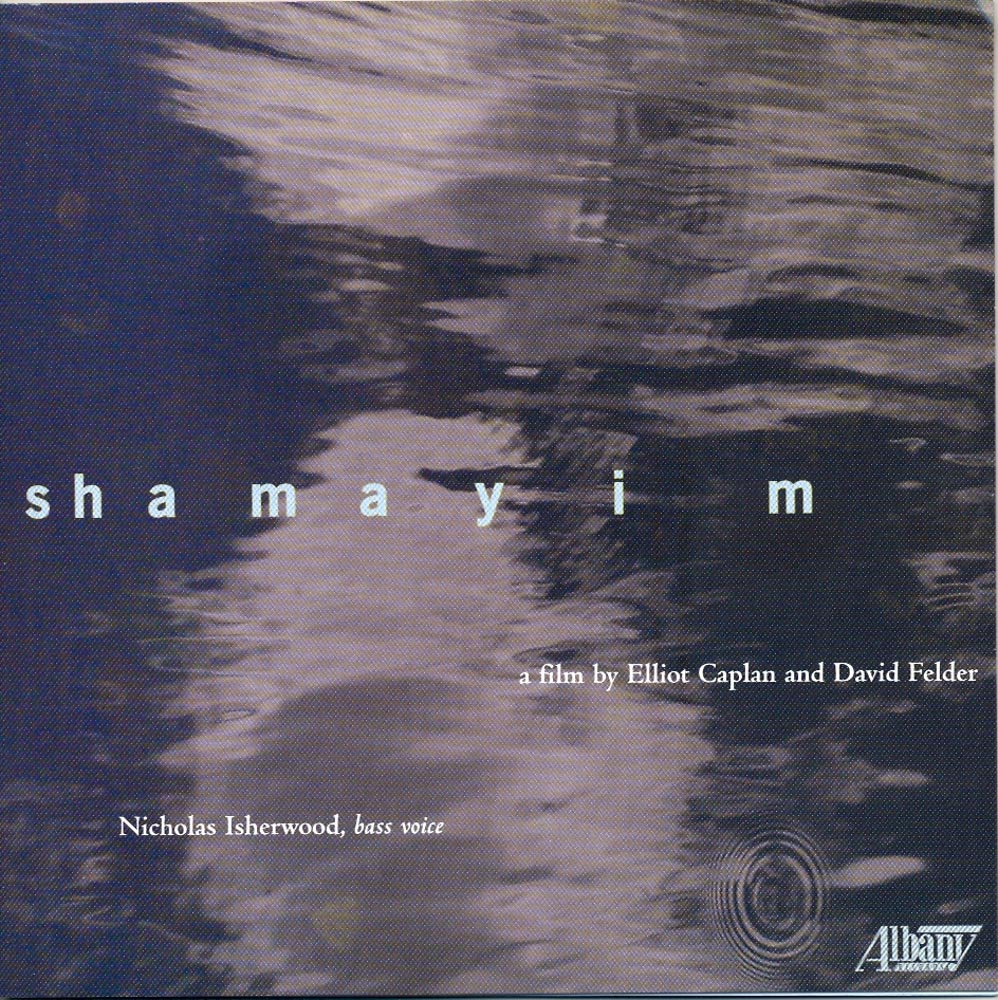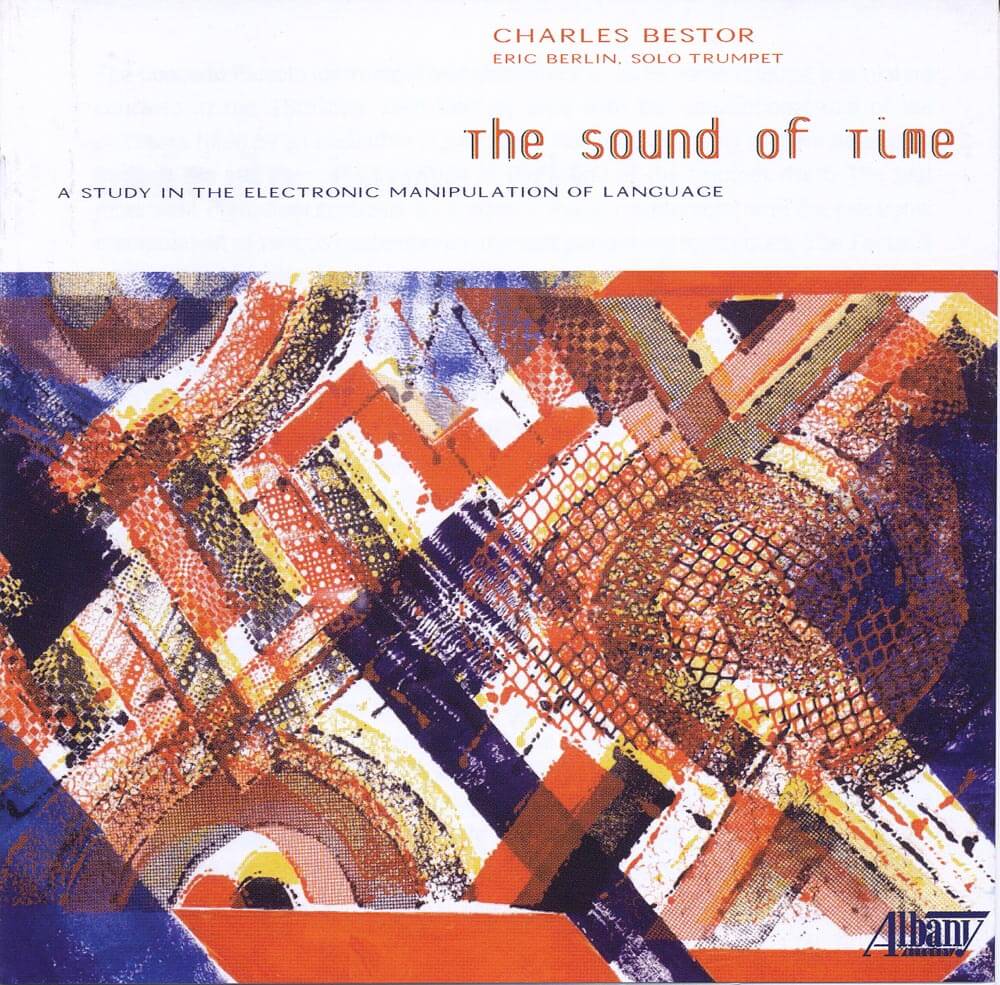Catalog #: TROY0779
Release Date: September 1, 2005ElectronicRobert Morris is presently chair of the composition department of the Eastman School of Music, where he is Professor of Composition and affiliate member of the theory and musicology departments. He is a recipient of grants from the National Endowment for the Arts, the Hanson Institute for American Music, the American Music Center and the American Council of Learned Societies. His music has been performed in North America, Europe, Australia, China, Taiwan and Japan. Morris has written music for a wide variety of musical forms and media. He has composed over 140 works including computer and improvisational music. Some of his output from the 1970's is influenced by non-Western music and uses structural principles from Arabic, Indian, Indonesian, Japanese and early Western musics. While such influences are less noticeable in more recent works, the temporal and ornamental qualities of Eastern music have permanently affected Morris' style. In addition to his music, Morris has written many articles and reviews that have appeared in scholarly music journals contributing to theories of musical analysis and aesthetics, compositional design, electronic and computer music, and Indian music. He is also co-editor of Perspectives of New Music.
Catalog #: TROY0863
Release Date: September 1, 2006ElectronicStan Link lives in Nashville, Tennessee with his wife, Melanie Lowe, their daughter, Wednesday Link, and a dog named Dingo. Stan attended the Oberlin Conservatory and studied composition with Ed Miller and Richard Hoffmann. He later became a student of Roman Haubenstock-Ramati at the Vienna Hochschule fur Musik and went on to study composition at Princeton with Paul Lansky, Steven Mackey, Peter Westergaard and Claudio Spies. He taught composition at La Trobe University in Melbourne Australia and at the University of Illinois. He is currently teaching at Vanderbilt University's Blair School of Music. With published essays and papers on noise, silence and film, Stan is also active as a writer about music. As a creator of a wide range of acoustic and computer music ranging from solo chamber pieces to a ballet for orchestra, electric guitar and African drums, his pieces have been heard on concerts, broadcasts, webcasts and new music festivals across the United States, in Europe, and Australia. His RH-, for violin and computer-generated accompaniment appears on Albany TROY728, Violin Visions.
Catalog #: TROY0874
Release Date: November 1, 2006ElectronicJust intonation: A tuning system having intervals that are acoustically pure; all intervals are represented by ratios of whole numbers. Lydia Ayers composes with unlimited just intonation in Csound and with 75-tone Indian/Partch scale on the "Woodstock Gamelan," a tubular percussion instrument built to her specifications by Woodstock Percussion. She has modeled the Woodstock Gamelan and other gamelan instruments using Csound, and authored Cooking with Csound: Woodwind and Brass Recipes, a CD-ROM package which gives wavetable synthesis design for wind instruments. The music on this CD is inspired by the works of Harry Partch and Lou Harrison, the antics of the family cats, and experiences in Indonesia, such as awareness of the proximity of Merapi, Java's most active volcano, and listening to gamelan and kecak performances in Bali. Lydia Ayers has visited Java and Bali several times, where she met with such artists as I Wayan Dibia and Made Wiratini and made sample recordings of the STSI gamelan with their assistance. She has played gamelan at the Chinese University of Hong Kong and at Hong Kong University, and extensively researched microtonal tuning systems. She has worked with extended vocal and woodwind techniques, including quarter tones, multiphonics and other unusual flute timbres. She has used algorithims to solve tuning and compositional problems, and is creating Indonesian, Native American, Australian and Chinese computer instrument designs.
Catalog #: TROY1124
Release Date: July 1, 2009ElectronicJohn Melby's musical development has followed a circuitous path that might not have been expected to lead to music for digital computer. Trained as an orchestral musician, he spent many years in the trombone section listening. He trained at Princeton in composition after graduating from Curtis. He was intrigued with Babbitt's exploitation of live performance coupled with synthesized accompaniments and before too long, found himself drawn to an electronically-synthesized orchestra. He has written a series of concerti for live instruments and computer, with three of them represented on this recording.
Catalog #: TROY1137
Release Date: October 1, 2009ElectronicShamayim, a film by Elliot Caplan (filmmaker) and David Felder, (composer) began with Felder's work with Nicholas Isherwood on a piece for voice and electronic sounds and Caplan's interest in a series of images having to do with nature. Shamayim uses Hebrew letters as the base structure for the music, while Caplan uses the numeric values of these letters as inspiration for the images. In some cases, Caplan attempted to be as close to the sound as possible in creating the images and in others Felder would compose based on the images.
Catalog #: TROY1367
Release Date: August 1, 2012ElectronicThe Sound of Time, a study in the electronic manipulation of language, consists of the artistic genre often referred to as installation art. All but one of them came into being as scores for a series of interactive sound and sculpture installations designed by fiber artists and a stage designer. The one exception is the three-movement Concerto Piccolo for trumpet and electronics that appears throughout the disc to provide a recurring reference to the outside world of acoustic musical sound. Composer Charles Bestor is the recipient of numerous awards and commissions. He is a Fellow at the Corporation of Yaddo, the MacDowell Colony, the Ragsdale Foundation, the Virginia Center for the Creative Arts and the Tyrone Guthrie Centre in Ireland. This is the first compact disc devoted entirely to his electronic music.
Catalog

©2024 Albany Records. All rights reserved. | Privacy Policy | Website by PARMA Creative.





